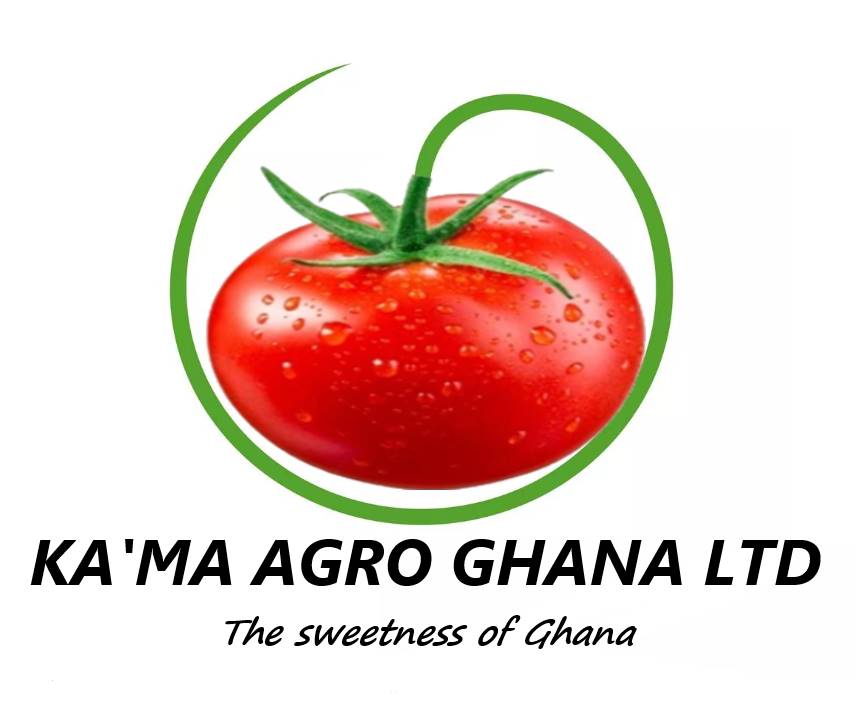

+233(57)8590000
+233 (59) 5587474
info@kamaagroghanaltd.com
Deha Street, Off Zimli Run-About, Lamashegu, Tamale, Northern Region. Digital Address: NT-0051-2076
Artificial intelligence (AI) is increasingly being integrated into hydroponic greenhouse cultures to improve efficiency, productivity, and overall crop management. Here is some ways AI is being utilized in hydroponic greenhouses:
In hydroponic greenhouses, plants are typically grown in various substrates, such as perlite, coconut coir, or rockwool, that provide support to the plant roots while allowing the nutrient solution to circulate around them. The plants receive all their required nutrients directly from the water, eliminating the need for soil.
There are several advantages to growing plants in hydroponic greenhouses:
Data analysis and decision-making
AI algorithms can analyze vast amounts of data from sensors and monitoring systems in real-time. This allows for the detection of patterns, trends, and anomalies in crop growth, nutrient levels, and environmental conditions. AI can then make informed decisions on adjusting parameters such as irrigation, nutrient delivery, and lighting to optimize plant growth.
Efficient water use: Hydroponics uses significantly less water compared to traditional soil-based farming. The water used in the system is recirculated, reducing overall water consumption.
Enhanced nutrient uptake: In hydroponics, plant roots have direct access to the nutrient-rich water solution. This promotes faster and more efficient nutrient uptake, resulting in accelerated growth and higher yields.
Year-round cultivation: Greenhouses provide protection from adverse weather conditions, allowing for year-round cultivation regardless of seasonal changes. This enables farmers to have a continuous supply of fresh produce.
Predictive analytics
AI models can leverage historical and real-time data to predict crop performance and anticipate potential issues. By analyzing factors like weather patterns, plant growth rates, and nutrient levels, AI can provide insights on optimal planting schedules, crop yields, and potential crop diseases or nutrient deficiencies.
Remote monitoring and control
AI-powered systems enable remote monitoring and control of hydroponic greenhouses. Farmers can access data and control the greenhouse environment through mobile apps or web platforms. AI can analyze the data and send alerts to farmers, allowing them to adjust or take actions even when they are not physically present.
Automated systems
AI can automate repetitive tasks in hydroponic greenhouses, such as nutrient management, pH adjustment, and pest control. AI-powered robots or drones can perform tasks like seeding, transplanting, and harvesting, reducing labor requirements, and increasing efficiency.
Disease and pest detection
AI algorithms can detect early signs of crop diseases or pest infestations by analyzing images or sensor data. By identifying such issues at an early stage, farmers can take prompt actions to mitigate the spread and minimize crop losses.
Energy optimization
AI can optimize energy consumption in hydroponic greenhouses by analyzing data on lighting, temperature, and ventilation. It can adjust parameters to minimize energy usage while still maintaining optimal growing conditions.
Integrating AI into hydroponic greenhouse cultures offers several benefits, including improved crop yields, resource optimization, reduced labor costs, and enhanced sustainability. As AI technology continues to advance, its applications in hydroponics are expected to further revolutionize the industry, making hydroponic farming even more efficient and productive.